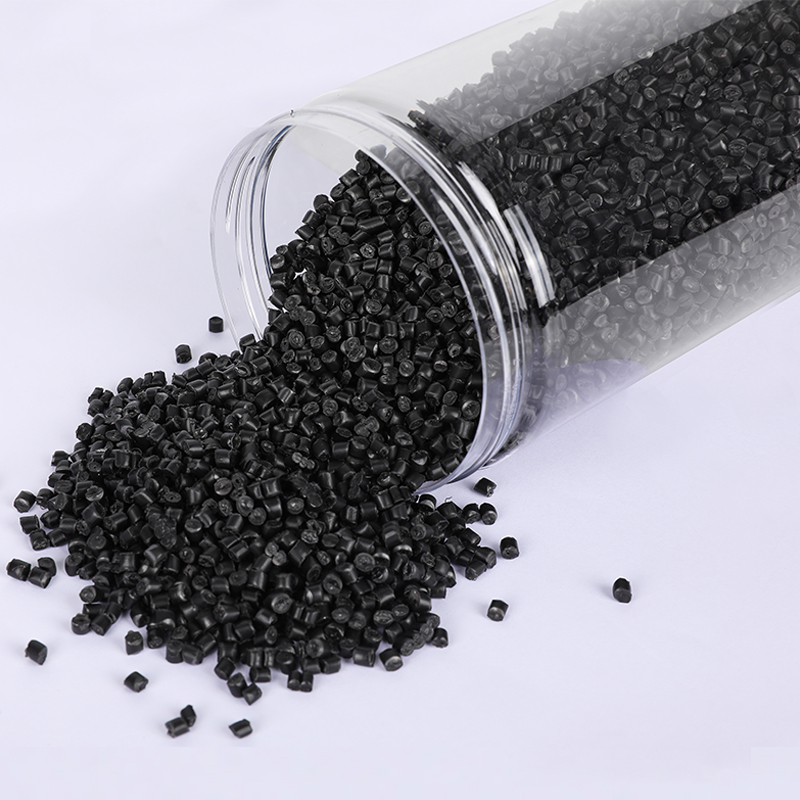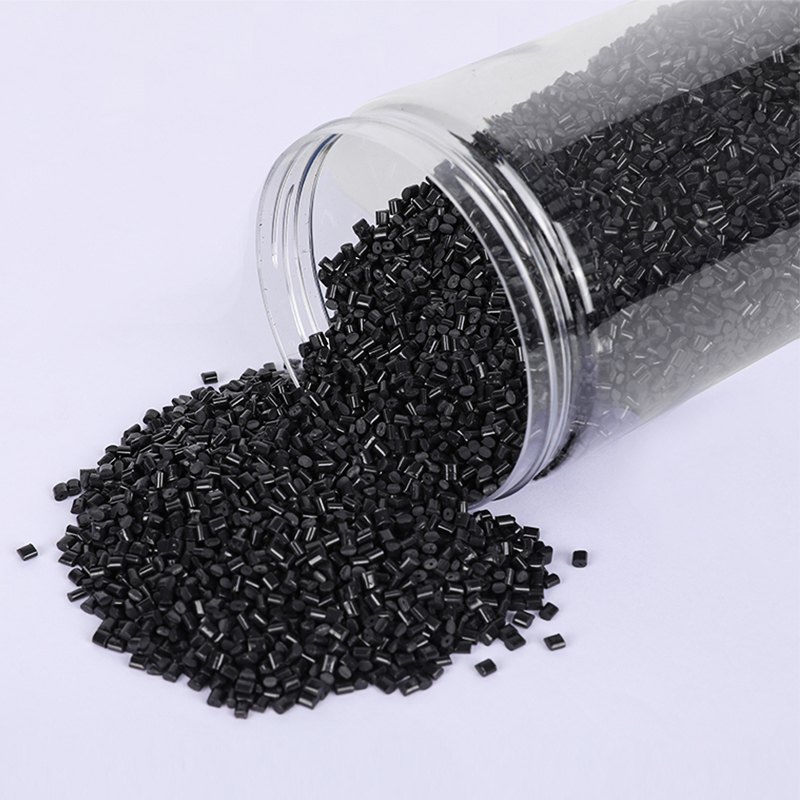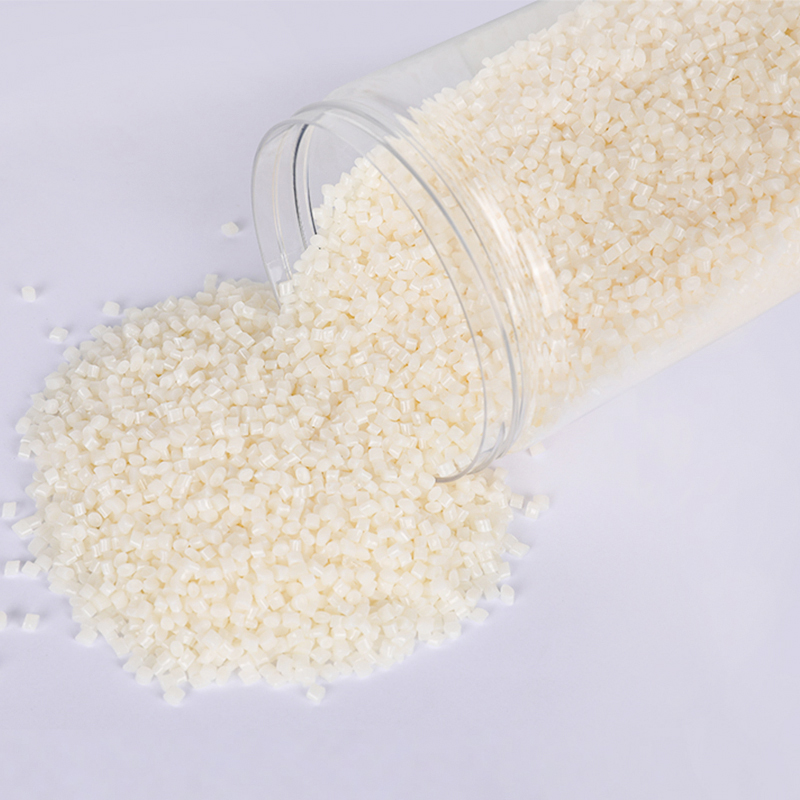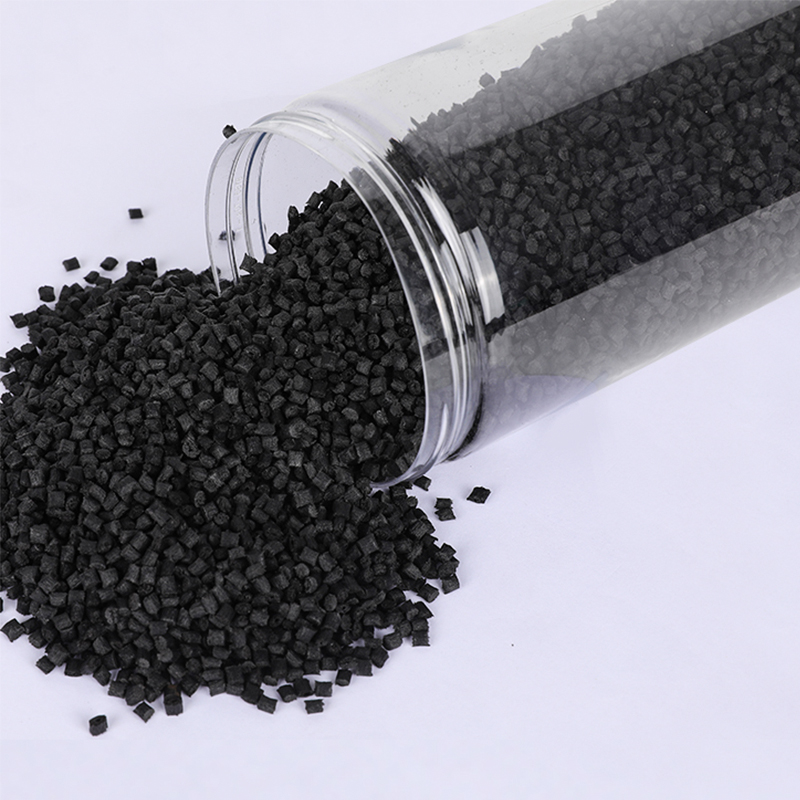Stay up to date with our recent products
Web Menu
Product Search
Exit Menu
What are the key differences between the recycling process for polyamide and other types of plastics?
Chemical Structure and Properties
One of the fundamental differences between polyamide and other plastics lies in its chemical structure. Polyamide contains repeating amide groups (NH-CO) in the molecular backbone, imparting properties such as strength, durability, and heat resistance. This unique structure necessitates specialized processes during recycling to preserve these desirable properties in the recycled material.
Melting Point and Energy Intensity
Polyamide has a relatively high melting point compared to some other plastics. As a result, the recycling process for polyamide involves melting the waste material at elevated temperatures to break down the polymer chains and remove contaminants effectively. This can require more energy-intensive processes compared to plastics with lower melting points.
Mechanical Integrity Preservation
The mechanical properties of polyamide, including toughness and elasticity, are highly valued in various applications such as textiles, automotive components, and engineering plastics. Therefore, the recycling process for polyamide must prioritize preserving these mechanical properties to ensure the quality and performance of the recycled material meet industry standards.
Contaminant Sensitivity and Purification
Polyamide is sensitive to contaminants such as moisture, oils, and other plastics. During the recycling process, thorough purification steps are necessary to remove these contaminants and maintain the purity of the polyamide material. This sensitivity adds complexity to the recycling process compared to plastics that are less prone to contamination issues.

The specific properties of polyamide make it suitable for a wide range of applications, leading to significant market demand for recycled polyamide (RPA). Industries such as textiles, automotive manufacturing, and consumer goods rely on high-quality RPA to meet sustainability goals and regulatory requirements. The recycling process for polyamide must align with these market demands to ensure the availability of quality recycled material.
End Product Variability and Quality Control
Due to factors such as input material variability, processing conditions, and recycling technologies, the recycling process for RPA Recycled Polyamide may result in variability in the properties of the end product. Quality control measures are essential to monitor and maintain the desired quality and consistency of recycled polyamide, addressing potential challenges related to variability.
Innovations and Future Directions
Despite the challenges, ongoing innovations in polyamide recycling technologies aim to improve efficiency, reduce energy consumption, and enhance the sustainability of the process. Advancements in sorting, purification, and polymerization techniques contribute to optimizing the recycling of polyamide and expanding its applications across various industries.
As China PCR Recycled Plastic Granules Factory, We always adhere to the experience and philosophy of "keeping up with the times, constantly innovating, developing efficiently, and cooperating for mutual benefit"

Address: No.11, Wangzhuang Section, Provincial Road 01, Daqiao New Area, Economic Development Zone, Haiyan County, Jiaxing City, Zhejiang Province, China
Phone: +86-18058285678
Fax: +86-0573-86868101
E-mail: [email protected]
SUNRISE GROUP(Overseas Exclusive Agent)
www.sunrisechemical.com
2024 ICIS Global Chemical Distributor Top 8
Export Sales Manager:Helen Zhang
Mob/Whatsapp: +86 19883063465
Email: [email protected]
Copyright © Jiaxing Anyiju Plastic Industry Co., Ltd. All Rights Reserved

 简体中文
简体中文 English
English







